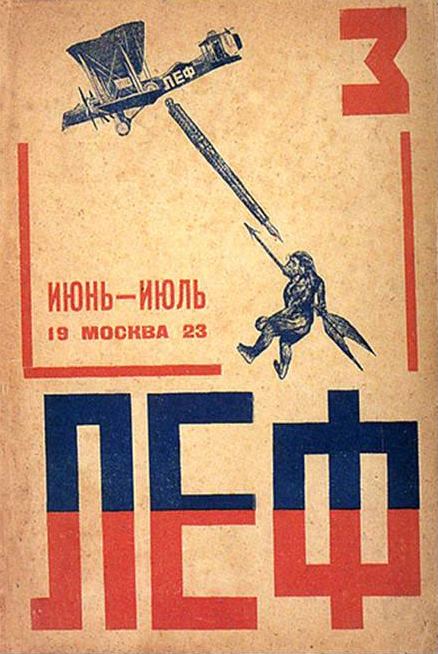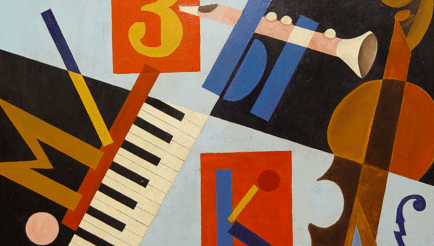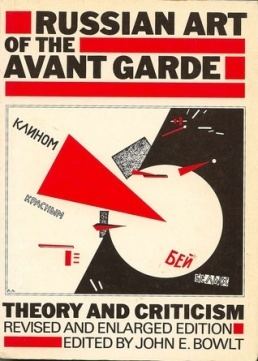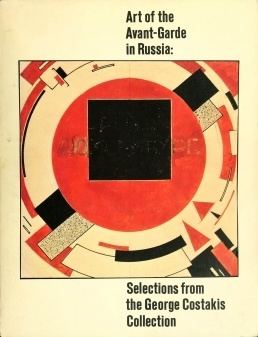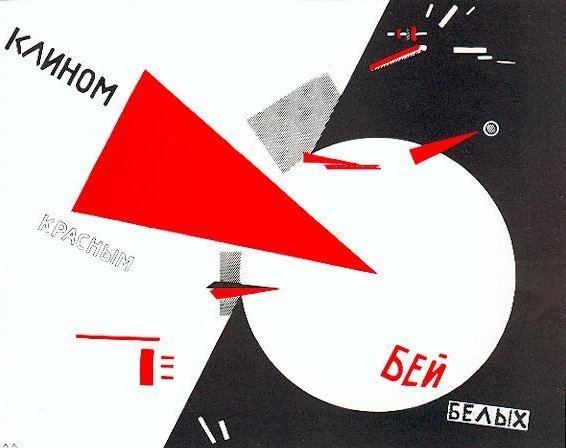 | ||
Kazimir malevich and the russian avant garde
The Russian avant-garde was a large, influential wave of avant-garde modern art that flourished in the Russian Empire and Soviet Union, approximately from 1890 to 1930—although some have placed its beginning as early as 1850 and its end as late as 1960. The term covers many separate, but inextricably related, art movements that flourished at the time; namely Suprematism, Constructivism, Russian Futurism, Cubo-Futurism, Zaum and Neo-primitivism. Given that many avant-garde artists involved were born or grew up in what is present day Belarus and Ukraine (including Kazimir Malevich, Aleksandra Ekster, Vladimir Tatlin, Wassily Kandinsky, David Burliuk, Alexander Archipenko), some sources also talk about Ukrainian avant-garde.
Contents
- Kazimir malevich and the russian avant garde
- The russian avant garde scholars respond moma live
- Artists and Designers
- Journals
- Filmmakers
- Writers
- Theatre Directors
- Architects
- Composers
- Main articles
- References
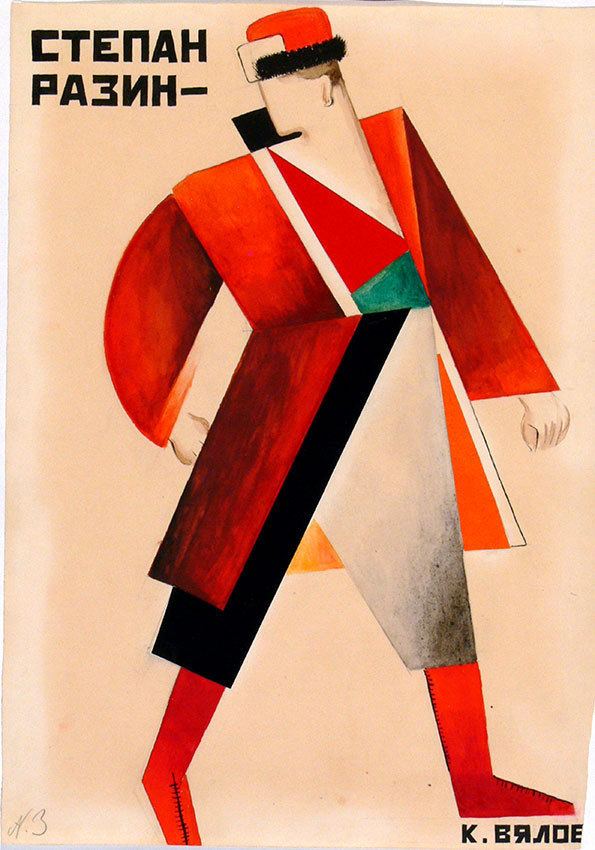
The Russian avant-garde reached its creative and popular height in the period between the Russian Revolution of 1917 and 1932, at which point the ideas of the avant-garde clashed with the newly emerged state-sponsored direction of Socialist Realism.
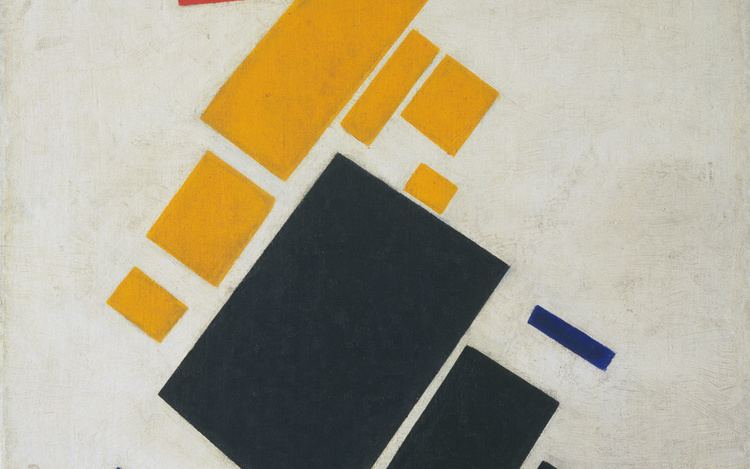
The russian avant garde scholars respond moma live
Artists and Designers
Notable figures from this era include:
Journals
Filmmakers
Writers
Theatre Directors
Architects
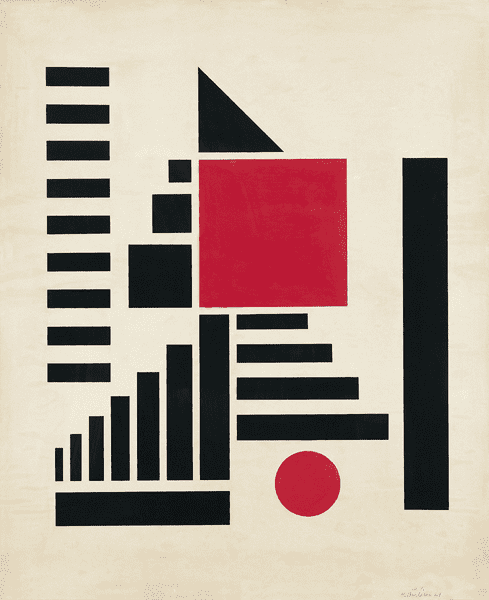
Preserving Russian avant-garde architecture has become a real concern for historians, politicians and architects. In 2007, the Modern Museum of Art MoMA in New York, devoted an exhibition entirely to the *Lost Vanguard: Soviet Architecture, featuring the work of American Photographer Richard Pare.
Composers
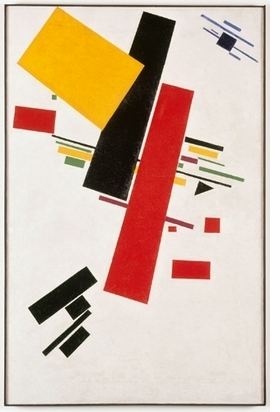
Many Russian composers that were interested in avant-garde music became members of the Association for Contemporary Music which was headed by Roslavets.
Main articles
